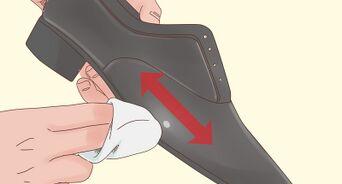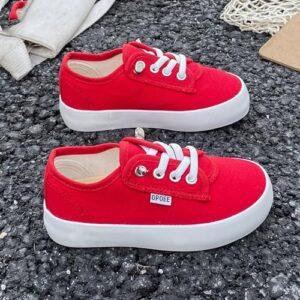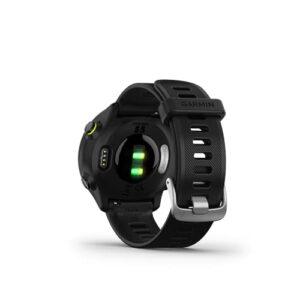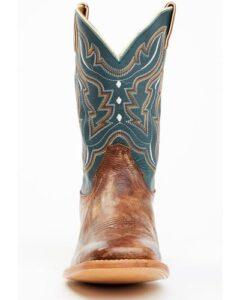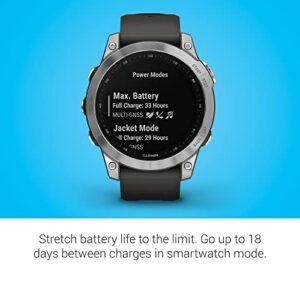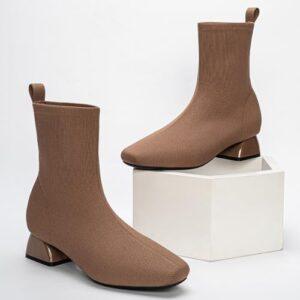Are your sneakers slipping every time you take a step? It’s frustrating and can even be dangerous.
But don’t worry—there are simple ways to make your sneakers less slippery right at home. Imagine walking confidently without the fear of falling or sliding. You’ll discover easy, effective tricks that anyone can use to improve your shoe grip instantly.
Keep reading, and take the first step toward safer, more comfortable sneakers.

Credit: www.youtube.com
Causes Of Slippery Sneakers
Worn out soleslose their grip, making sneakers slippery. Over time, the tread on the bottom of shoes wears down. This reduces friction with the ground.
Smooth outsole materialslike plastic or hard rubber can be slick. These materials do not hold well on floors. Shoes with soft, textured soles usually grip better.
Wet and oily surfacesmake slipping very easy. Water, oil, or grease lowers the friction between shoe and floor. Even good soles can slip on these surfaces.
Quick Fixes At Home
Roughening the soles with sandpapercan improve grip. Rub the sandpaper gently over the bottom. This creates small scratches that help stop slipping. Avoid using too much pressure to keep the soles from wearing out quickly.
Apply adhesive tapelike duct tape or grip tape on the soles. Cut strips to fit the shoe bottom. Press firmly to stick it well. Tape adds extra traction on smooth floors. Replace the tape when it wears out.
Sprinkle a little baby powderinside the shoes. This helps keep feet dry and reduces slipping inside the shoe. It can also help if the shoes feel sticky. Use a small amount to avoid mess.
Diy Traction Boosters
Hot glue patternscreate raised shapes on the soles. Use dots, lines, or zigzags for better grip. Let the glue dry fully before wearing the shoes.
Rubber cement stripswork well on smooth soles. Cut thin strips and stick them to the bottom. Press firmly and wait for the cement to set. These strips add extra friction on slippery surfaces.
Grip spray applicationis simple. Spray an even coat on the shoe sole. Let it dry completely. The spray adds a sticky layer that helps prevent slipping. Reapply every few weeks for best results.

Credit: www.wikihow.com
Shoe Accessories For Grip
Slip-resistant insoleshelp improve grip inside the shoe. They add extra friction, making feet less likely to slip. These insoles are easy to place and remove.
Sole stickers and padsstick to the bottom of sneakers. They create a rough surface to stop slipping. These come in many shapes and sizes, fitting different shoe types.
Traction cleatsattach to shoe soles for outdoor use. They have small spikes that dig into the ground. These are great for walking on ice, snow, or wet surfaces.
Maintenance Tips To Prevent Slipping
Cleaning the solesoften helps keep sneakers grippy. Dirt and dust make the soles slippery. Use a brush or cloth to remove grime. Warm water and mild soap work well for deep cleaning. Let the shoes dry completely before wearing.
Avoid wet surfacesto stop slipping risks. Wet floors reduce shoe traction. Walk carefully on rain-soaked paths or spills. Choose dry routes when possible to stay safe.
Replace worn-out shoesearly. Old sneakers lose sole grip over time. Check for smooth or thin soles. Worn shoes increase the chance of falls. Buying new sneakers keeps you steady on your feet.

Credit: www.wikihow.com
Frequently Asked Questions
How Can I Make My Sneakers Less Slippery Quickly?
You can sprinkle baby powder or cornstarch on the soles. This absorbs moisture and improves grip instantly. Wiping the soles with a damp cloth also helps remove slippery residues.
What Household Items Improve Sneaker Traction?
Items like sandpaper, rubber glue, and grip pads work well. Lightly sanding the soles adds texture and increases friction. Applying rubber glue and attaching grip pads provide durable, slip-resistant surfaces.
Are Diy Methods Safe For Sneaker Soles?
Yes, most DIY methods are safe if done carefully. Avoid harsh chemicals that damage rubber. Test any treatment on a small area first to prevent permanent damage.
How Often Should I Treat Slippery Sneaker Soles?
Treat soles whenever you notice slipping or after heavy use. Regular maintenance keeps traction optimal and extends the life of your sneakers. Monthly checks are recommended for frequent wearers.
Conclusion
Sneakers can be slippery, but small steps help a lot. Try roughening the soles with sandpaper. Use grip pads or spray for better traction. Clean your shoes often to avoid slippery dirt buildup. Test your sneakers on different surfaces to be safe.
These tips keep you steady and confident while walking. Stay safe and enjoy every step you take.

Madison Clark is a footwear expert and the voice behind MyStyleGrid.com. She specializes in honest shoe reviews, style tips, and practical guides to help readers find the perfect pair for any occasion. With years of experience in blogging and content creation, Madison makes footwear knowledge simple, stylish, and easy to follow.

